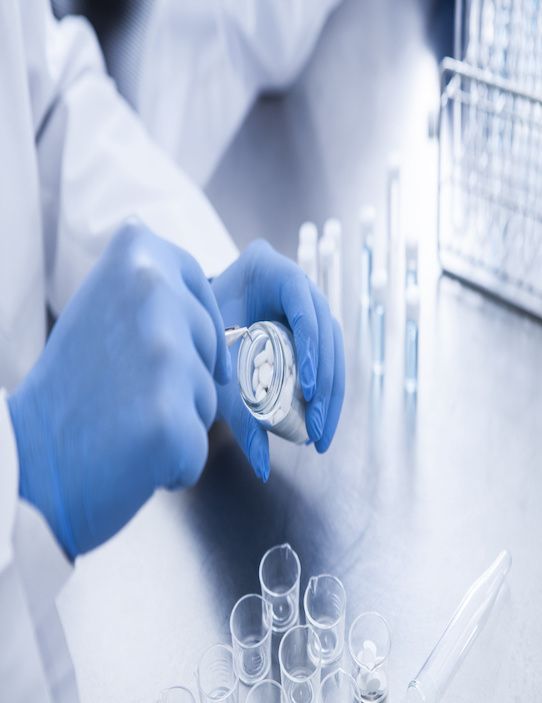Clinical cold chain vendors go into a deep freeze
Demand for cryogenic logistics propels business growth
Most commercial pharmaceuticals, if they are to be shipped under temperature-controlled conditions, require refrigeration—2–8°C. But the evolving fields of regenerative medicine, in which live cells are being transported, reproductive services, animal husbandry, and, in some research, human tissues and cells, often call for cryogenic temperatures: -60°C or lower. Several vendors are stepping up their product offering for this market.
Cryoport (Irvine, CA) has been offering a liquid nitrogen (-160°C) service for a number of years, employing a dewar (double-walled metal bottle) that maintains cryogenic conditions during shipping with a quantity of liquid nitrogen that continually evaporates during use to keep cells and samples cold. Recently, the company announced a strategic partnership with Worthington Industries, which, through its acquisition of Cryogenic by Taylor-Wharton, is a major player in cryogenic equipment. Besides working more closely on containers and related products, Cryoport says that this partnership will bring Cryoport access to cryogenic storage services (such as in labs) in addition to its logistics offerings.
Meanwhile the company is now adding a consulting service to its offerings, and has hired Tamie Joeckel, a 25-year veteran of the life sciences logistics industry, including time spent at Parexel, a leading contract research organization. As SVP, client services, she will manage the new Temperature Controlled Logistics Consulting Div., as well as Logistics, Client Care and Program Management.
Besides evaluating client quality control processes and systems, trade lanes and the like, Joeckel notes that shipments aren’t a simple matter of dropping samples into Cryoport containers. For one thing, even though the containers can maintain cryogenic conditions for upwards of 10 days, some types of cells only have a limited number of hours of potency after being cryopreserved. For another, the scaling up from trial stages to commercialization—which could happen as soon as 2017 for some of the latest biotherapies—will call for newly adopted volume distribution of products, she tells Pharmaceutical Commerce.
Meanwhile, another vendor, Cryoguard (Colmar, PA), which has been providing temperature indicators based on a chemical reaction for a variety of low-temperature conditions, has expanded its product line to include several indicators specific to the deep-frozen regime: -40 to -150°C. The indicators give a simple yes/no response that a shipment has stayed within it specified temperature range. While other vendors offer dataloggers to monitor low temperatures, Dr. Jules Shafer, Cryoguard CEO, says that the simplicity of Cryoguard’s indicators, combined with their specialized temperature ranges, will make the new products popular with researchers.
And in Bothell, WA, BioLife Solutions is plugging away at its cryopreservation media, which protects cells as they are frozen or thawed, with several new formulations. Last year, it formally opened a logistics service, Biologistex, to handle shipments to and from labs. Researchers requiring a cryogenic transportation offering can self-select as to which carrier and delivery route a shipment will follow.
Pharmaceutical Commerce, in its just published 2016 Biopharma Cold Chain Sourcebook, pegs the clinical research logistics market at $3.2 billion worldwide currently, set to rise to $3.4 billion by 2020. While much of these cryogenic vendors’ business is in research, other parts, such as reproduction services, are already commercial.
